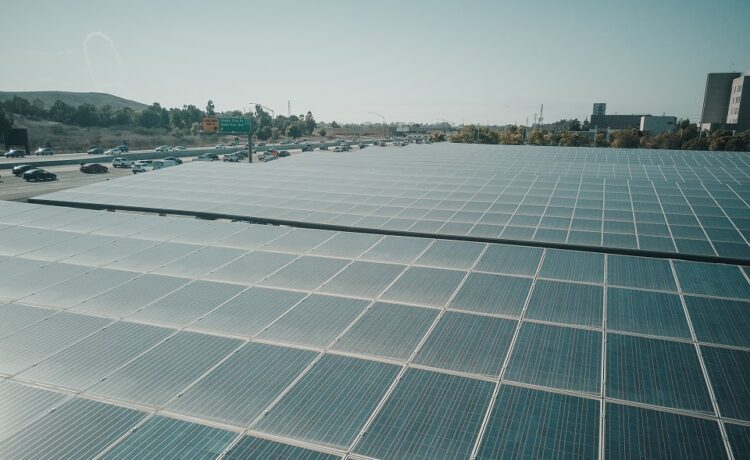The energy source of the future isn’t fossil fuels, and it probably won’t be any single fuel. Instead, it will be a mix of competing clean technologies.
One of these clean technologies is solar shingles, which integrate well into new construction and reroofing projects. They can help reduce electric bills and lower household carbon emissions.
The Future Of Solar Shingles
Most homeowners considering solar energy are familiar with the traditional solar panels that go on a roof to harvest sunlight and convert it into electricity. But solar shingles are an even better option for energy-conscious homeowners. They are sometimes referred to as solar roof tiles, and they perform all the functions of a typical roofing material, including protecting the property from the weather and enhancing its curb appeal. Still, they are built with a solar power-harvesting element baked directly into them.
The global solar shingles market is growing due to favorable government policies and rising consumer awareness. Ongoing technological innovations drive market growth, such as integrating innovative features, demand for eco-friendly roofing solutions, and strategic collaborations with roofing material manufacturers and energy storage companies.
Sunstyle solar shingles are sleeker in design than traditional solar panels and don’t compromise the aesthetics of a building. But they have competitive installation costs and rely on the weather to generate energy, which can limit their adoption.
The Future Of Solar Panels
Solar energy is still a more environmentally friendly energy source than fossil fuels, which are scarce and produce damaging greenhouse gases when burned. However, the sustainability of solar technology is constrained by scarcity of raw materials, greenhouse gasses emitted during manufacturing, and the impact of disposal on the environment.
Solar shingles are a promising alternative to traditional solar panels. They look like regular roof shingles and can be used on any roof type. They have been shown to increase the resale value of homes and save money on energy bills.
Commercial solar installations are becoming more commonplace. Large groups of solar panels called photovoltaic (PV) arrays are often placed on unused land or rooftops of office buildings and retail stores. These grid-tied systems supplement a building’s energy needs with sunlight and may generate more electricity on sunny days than the facility uses. This surplus electricity is sold to the local utility company.
The Future Of Solar Batteries
Solar shingles, or solar roof tiles, look similar to traditional roofing materials or asphalt shingles and help homeowners reduce their carbon footprint while cutting electricity costs. They may power residences or commercial buildings by converting solar energy into electrical energy using the photovoltaic effect.
Combined with advanced battery technology, these innovative solar systems allow consumers to bank excess energy during the day and use it at night or on cloudy days. This helps to lower energy bills and provide backup power in the event of a power outage.
These systems are based on lithium-ion or flow batteries and can store large amounts of energy for extended periods, with many offering depths of discharge (DoD) that approach 100 percent. They’re expected to play an essential role in the shift away from centralized energy grids controlled by monopolistic energy providers towards decentralized energy production that allows individuals and communities to take control of their energy supply.
The Future Of Solar Roofing
Solar shingles are an alternative to traditional roof panels. They look like conventional asphalt shingles and protect the roof from rain, but they can also harvest and convert solar energy into electricity for your home.
Known as building integrated photovoltaics (BIPV), solar shingles reduce home energy costs and help the environment by creating renewable power. Unlike solar panels, which are more noticeable on your roof and have a blue color that clashes with many home aesthetics, solar shingles blend seamlessly with your rooftop.
However, price and availability are two vital limiting factors for the short-term growth of solar shingles. While solar shingles offer two-in-one functionality and help drive the sustainability movement. However, they are much more expensive than traditional rack-mounted solar panels, and homeowners often need help with installation due to production and supply chain challenges. As these issues are overcome, solar shingles may become the norm for homeowners looking to transition to renewables.






